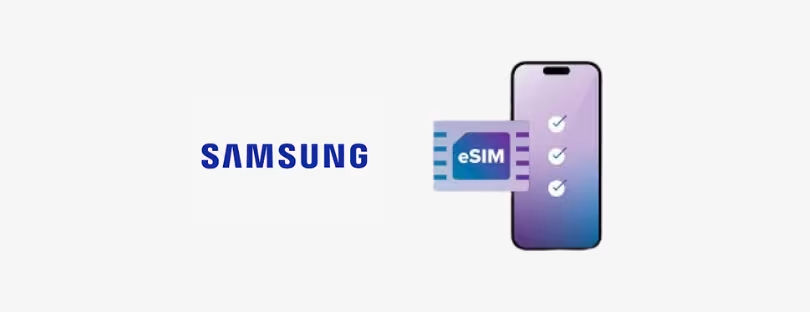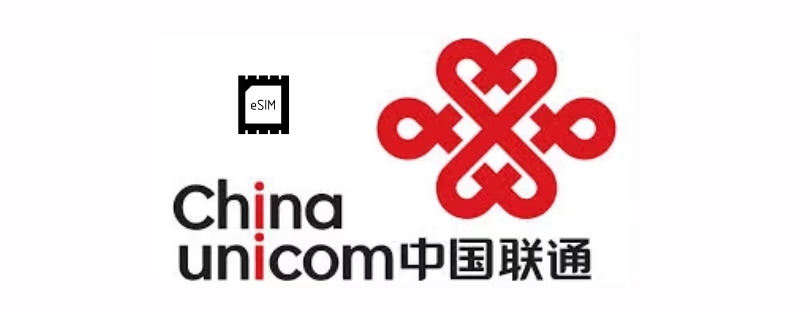
How eSIMs Are Disrupting Airport SIM Card Sales (and Why That’s Good)
Let’s be honest — if you’ve ever landed in a foreign country and scrambled to buy a SIM card at the airport, you know the drill. You’re jet-lagged, tired, maybe even a little disoriented, and there’s a small group of kiosks near baggage claim trying to sell you a “special traveler SIM deal.” You probably end up overpaying, settling for something with way more data than you need (or worse — not enough), and it takes 10 minutes of setup before you can even load Google Maps. airport SIM card alternative
But that whole ritual? It’s fading fast. Thanks to eSIMs, travelers are finally taking control of their connectivity before they even board the plane. Airport SIM card sales — once a booming business — are starting to look like relics of a pre-digital travel era. And honestly, it’s about time.
Wait, What’s an eSIM Again?
If you’re new to the eSIM game, let’s quickly break it down. “eSIM” stands for “embedded SIM” — instead of buying a physical card and popping it into your phone, you just scan a QR code or activate a digital plan directly on your device. Most modern smartphones (think iPhone XS and later, newer Samsungs, Pixels, etc.) already support eSIM.
And the beauty is: no more fumbling with tiny SIM cards, no more pin tools, no more guessing which plan might work best after landing. You can switch between data providers in a few taps. For travelers, it’s freedom.
So, What’s Happening at Airports?
Airport SIM card stalls used to be like souvenir shops — impossible to avoid. But lately, something’s changed. Kiosks are quieter. Sales are dropping. And some have shut down entirely. Why? Because more travelers are arriving already connected.
Let’s say you’re flying from London to Bangkok. A few years ago, you’d probably wait till you landed, find a counter offering local Thai SIMs, and hope someone there speaks your language well enough to explain the data options.
Now? You’re at home in London, sipping tea, and five minutes later you’ve installed a Thai eSIM from a travel connectivity app. You land, switch airplane mode off, and boom — instant internet. No line. No hassle.
The convenience factor is massive, but there’s more to this shift than just ease.
- AIRALO
-
eSIM for
Europe
39 countries
-
1 GB – 7 days – €4.27
3 GB – 30 days – €11.09
10 GB – 30 days – €31.57
- AIRHUB
-
eSIM for
Europe
34 countries
-
1 GB – 7 days – €2.99
3 GB – 30 days – €5.12
10 GB – 30 days – €11-09
- aloSIM
-
eSIM for
Europe
32 countries
-
1 GB – 7 days – €5.00
3 GB – 30 days – €13.00
10 GB – 30 days- €36.00
- GigSky
-
eSIM for
Europe
36 countries
-
1 GB – 7 days – €6.99
3 GB – 15 days – €11.19
10 GB – 30 days – €27.99
- iRoamly
-
eSIM for
Europe
39 countries
-
1 GB – 7 day – €6.83
3 GB – 15 days – €10.24
10 GB – 30 days – €18.77
- Maya Mobile
-
eSIM for
Europe
34 countries
-
1 GB – 7 days – –
5 GB – 15 days – €5.99
10 GB – 30 days- €13.99
- NOMAD
-
eSIM for
Europe
36 countries
-
1 GB – 7 days – €4.71
3 GB – 15 days – €10.27
10 GB – 30 days – €15.41
- UBIGI
-
eSIM for
Europe
29 countries
-
500 MB – 1 day – €2.00
3 GB – 30 days – €8.00
10 GB – 30 days – €19.00
- VOIA
-
eSIM for
Europe
34 countries
-
1 GB – 7 days – €2.69
3 GB – 15 days – €5.05
10 GB – 30 days- €11.70
I am text block. Click edit button to change this text. Lorem ipsum dolor sit amet, consectetur adipiscing elit. Ut elit tellus, luctus nec ullamcorper mattis, pulvinar dapibus leo.
Airport SIMs Weren’t Always a Good Deal
Truthfully, airport SIM cards were a bit of a rip-off. They preyed on urgency and lack of options. You just got off a long-haul flight, and all you want is to tell your family you’ve arrived safely or book an Uber to your hotel. You’re not exactly in the mood to comparison shop.
That convenience tax often meant inflated prices, outdated plans, or data limits that didn’t match your actual travel needs. And while some airports had decent offers (shoutout to Singapore Changi), many others were infamous for overpriced or low-quality SIMs.
eSIMs flipped that script.
Why This Shift Is Great (for Travelers, Anyway)
Here’s why eSIMs are a huge win for travelers:
1. Freedom to Choose — Before You Travel
With physical SIMs, your options were often limited to whatever was sold at your destination. With eSIMs, you can compare prices from global providers or local carriers days in advance. You can read reviews. Pick a plan that suits your data needs. Even test different networks.
That kind of control was unthinkable a few years ago.
2. No More Wasting Time at the Airport
Airport time is valuable. Whether you’re rushing to a meeting or just want to hit your hotel ASAP, the last thing you want to do is wait in a line, scan your passport, and figure out how much 5GB actually gets you.
With eSIMs, you land ready to go — book a ride, check your email, navigate to your Airbnb. It’s seamless.
3. More Competitive Pricing
eSIM providers — especially travel-focused ones — know they’re up against convenience, so they’ve sharpened their offers. That’s led to better rates, more flexible data packages, and regional bundles (e.g., one eSIM for all of Europe or Southeast Asia).
Suddenly, a short trip to Barcelona doesn’t mean paying full price for a local SIM you’ll toss in 4 days.
4. No More Language Barriers or Technical Headaches
Explaining what you need to a tired sales rep (who may or may not speak your language) is stressful. And if the SIM doesn’t work? Good luck figuring that out on the spot.
With eSIMs, setup is mostly automated — scan a code, follow a few steps, and you’re online. Some apps even offer real-time support.
Of Course, There’s Pushback
This shift hasn’t made everyone happy. Airport SIM vendors are losing business fast. And some mobile operators — especially those who relied on tourist SIMs as a big revenue stream — are dragging their feet on eSIM adoption.
They know the old model worked for them. But it didn’t really work for us.
There’s also the issue of device compatibility. Not everyone has an eSIM-ready phone yet. And some budget travelers might still find better prepaid deals locally — especially if they’re staying for weeks or months.
But the writing’s on the wall. As more phones support eSIM by default, and more travelers get savvy, this disruption will only accelerate.
So, What Happens Next? airport SIM card alternative
In a few years, buying a SIM card at the airport might feel as outdated as renting DVDs. The shift is already well underway. Even airlines and travel platforms are starting to bundle eSIMs into their booking process — offering passengers instant connectivity as part of their travel packages.
Imagine: You book a flight to Tokyo, and your eSIM plan activates when the plane touches down. No extra effort needed.
The travel world is moving toward frictionless experiences. And eSIMs are leading the charge.
Final Thought: Less Waiting, More Exploring
Look, traveling is about the experience. The food, the people, the places — not standing in line at an airport trying to figure out a phone plan. airport SIM card alternative
eSIMs aren’t just a tech upgrade — they’re a shift toward making travel smoother, smarter, and less wasteful. More time exploring, less time untangling plastic SIM card holders and translating data plans.
And if that means a few airport kiosks have to close shop? So be it. It’s a small price to pay for the future of effortless connectivity.


















